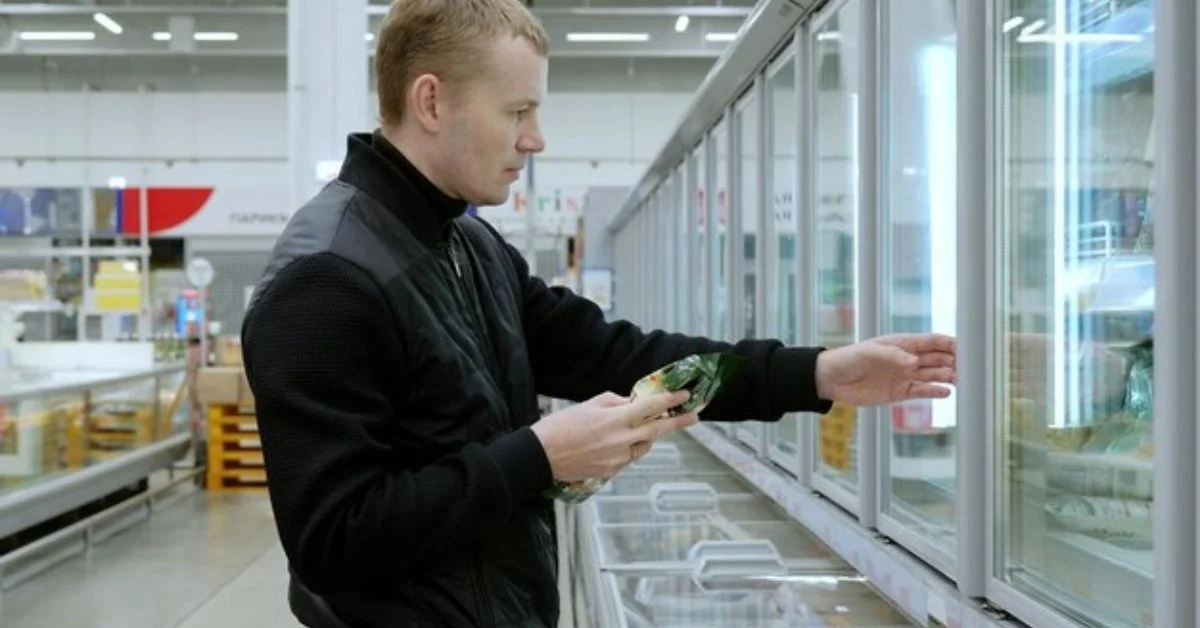Walk-in coolers and freezers are vital assets in industries such as food service, pharmaceuticals, and industrial storage. However, the performance and longevity of these units depend heavily on their construction and maintenance. Building a reliable walk-in cooler or freezer requires advanced materials, meticulous design, and state-of-the-art technology, while regular maintenance ensures optimal efficiency and durability.
Let’s explore the intricacies of constructing modern walk-in coolers and freezers and how proper maintenance practices keep them performing at their best.
1. Construction of Modern Walk-In Coolers and Freezers
The construction of a walk-in cooler or freezer involves several critical elements, all designed to maintain temperature consistency, energy efficiency, and durability.
A. Insulated Panels
- Materials: Panels are typically made with high-density polyurethane or polystyrene insulation, sandwiched between layers of metal (galvanized steel or aluminum). These materials minimize heat transfer and ensure energy efficiency.
- Customization: Panels are modular, allowing for tailored configurations to fit any space, from small storage units to industrial-scale coolers.
B. Flooring
- Durable Construction: Floors must withstand heavy loads while maintaining thermal insulation. Materials like reinforced steel or aluminum with non-slip coatings are common.
- Thermal Barriers: Insulated floors prevent heat transfer from the ground, which is especially crucial for freezers operating at sub-zero temperatures.
C. Doors
- Energy-Efficient Design: Doors are constructed with heavy insulation and magnetic gaskets to form a tight seal, minimizing temperature fluctuations.
- Automatic Closers: Many modern units include automatic door-closing mechanisms to prevent energy loss.
D. Refrigeration Systems
- Precision Engineering: Compressors, condensers, and evaporators are designed for maximum cooling efficiency while minimizing energy consumption.
- Location Flexibility: Refrigeration units can be remote or self-contained, depending on space and operational requirements.
E. Ventilation and Airflow
- Proper ventilation prevents moisture buildup, which can cause frost or ice accumulation. Modern designs integrate air distribution systems for even cooling throughout the unit.
2. Modern Innovations in Walk-In Construction
The construction of walk-in coolers and freezers has evolved significantly, incorporating new technologies to improve performance and reduce environmental impact:
- Eco-Friendly Refrigerants: Low-GWP refrigerants meet environmental standards while delivering superior cooling performance.
- Smart Insulation: Advanced materials with higher R-values enhance energy efficiency, reducing long-term operating costs.
- LED Lighting: Integrated lighting systems generate less heat, reducing the cooling load while improving visibility inside the unit.
3. The Importance of Maintenance
Even the most well-constructed walk-in cooler or freezer requires regular maintenance to ensure optimal performance. Neglecting maintenance can lead to increased energy costs, equipment breakdowns, and compromised product quality.
A. Regular Inspections
- Temperature Checks: Routine monitoring ensures that the unit maintains the desired temperature consistently.
- Seal Integrity: Door gaskets and seals should be inspected for wear or gaps that can cause air leaks and energy loss.
B. Cleaning
- Interior Surfaces: Regular cleaning prevents mold, bacteria, and unpleasant odors.
- Coils and Fans: Evaporator and condenser coils should be cleaned to maintain efficient airflow and cooling performance.
C. Refrigeration System Maintenance
- Refrigerant Levels: Low refrigerant levels can lead to inefficiencies or equipment failure.
- Component Wear: Compressors, fans, and motors should be checked for signs of wear and replaced as needed.
D. Preventing Frost and Ice Buildup
- Defrost Systems: Automatic defrost cycles ensure frost does not accumulate on evaporator coils.
- Drain Maintenance: Ensuring proper drainage prevents water from freezing and blocking airflow.
4. Smart Maintenance Technologies
Modern walk-in coolers and freezers are equipped with advanced features that simplify maintenance and improve performance:
- IoT-Enabled Monitoring: Sensors track temperature, humidity, and energy consumption, providing real-time alerts for potential issues.
- Predictive Maintenance: AI-driven systems analyze data to predict when components will need maintenance or replacement, minimizing downtime.
- Remote Diagnostics: Technicians can troubleshoot and address issues remotely, reducing service costs and response times.
5. Extending the Life of Walk-In Coolers and Freezers
Proper maintenance not only ensures reliable performance but also extends the lifespan of the unit. Key practices include:
- Scheduled Service: Adhering to a regular maintenance schedule prevents minor issues from escalating into major problems.
- Upgrades and Retrofitting: As technology advances, retrofitting older units with energy-efficient components can enhance performance without replacing the entire system.
- Employee Training: Ensuring that staff understand how to use and maintain the unit properly can prevent avoidable damage and wear.
6. Industry Applications and Benefits
The combination of advanced construction techniques and meticulous maintenance practices benefits a wide range of industries:
- Food Service: Keeps perishable goods fresh and safe for consumption.
- Pharmaceuticals: Maintains the efficacy of temperature-sensitive medications and vaccines.
- Retail and Distribution: Preserves the quality of frozen or refrigerated products during storage and transit.
Conclusion: A Winning Combination of Construction and Maintenance
Modern walk-in coolers and freezers are engineering marvels, designed to provide precise temperature control, energy efficiency, and reliability. However, their performance hinges on two factors: robust construction and diligent maintenance. By investing in high-quality materials, advanced technology, and regular upkeep, businesses can ensure their walk-in units remain a valuable asset for years to come.
Whether you’re building a new unit or maintaining an existing one, adopting best practices in construction and maintenance will maximize efficiency, reduce costs, and safeguard the quality of stored goods—keeping your business ahead in the competitive landscape.
For more information, click here.









